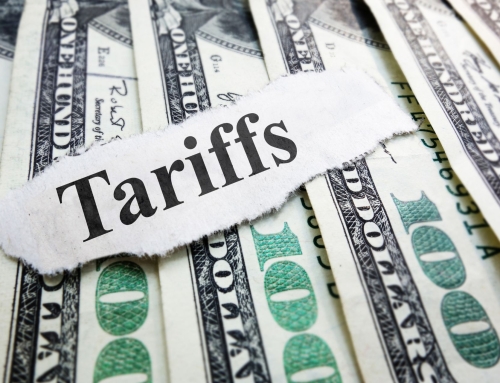In early 2016, many U.S. importers, manufacturers, and exporters were excited about the potential implications of the Trans-Pacific Partnership, known as the TPP, on their businesses. These companies could already envision the impact of the reduced or eliminated import duties on their profit margins and their competitiveness in the market. But now that the TPP is no longer a reality, U.S. importers, manufacturers, and exporters are left exploring additional options to reduce or eliminate duties paid on importations into the U.S.
Duty drawback can offer a means to refund the duties that are paid for imports from the countries that were meant to be part of the TPP. If a company imports from one of those countries, pays the duties, taxes, and fees, and exports that merchandise either unused or following a manufacturing operation, they can submit a claim for 99% of the duties, taxes, and fees that were paid on that imported merchandise. This money could improve profits, off-set production costs, and lower the cost of their goods to gain a competitive advantage in the market. In order for a company to estimate their drawback potential, we have provided a calculator on our site that can use either the company’s import quantity and value, or the export quantity.
With the end of U.S. involvement in TPP, the upcoming regulation changes, and other trade agreement renegotiations (such as NAFTA), duty drawback is gaining traction in the U.S. and will provide stability through what may become uncertain times for international trade. Whether duty rates go up or free trade agreements fall through, now is the time to explore duty drawback.






